With the aim of addressing the increase in world energy demand and to take action for the environment and against global warming, the Research & Development (R&D) roadmap encompasses all these issues. The research program portfolio is in line with the legitimate expectations of our stakeholders to build the energy mix of the future.
INNOVATIVE PROGRAMS CENTERED ON STRATEGIC THEMES
Get ready for a guided tour of Exploration & Production’s entire R&D portfolio based at the CSTJF! Take a look at our programs divided into two sections: the first, focused on operational efficiency, is specifically aimed at Exploration & Production; the second is cross-functional.
5 OPERATIONAL EFFICIENCY PROGRAMS
New Exploration Concepts, rethinking the Earth sciences
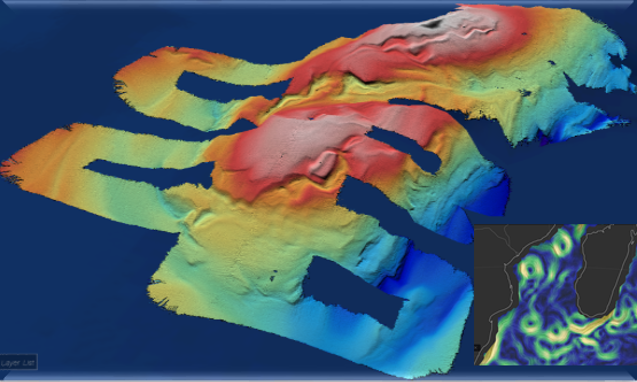 Improve our understanding and modeling of the subsurface for oil & gas exploration as well as for energy transition subjects. Modeling is the backbone of the program that integrates and tests the knowledge acquired to renew our resources and have an impact on our methods regarding the energy transition by exploring CO2 storage by carbonation.
Improve our understanding and modeling of the subsurface for oil & gas exploration as well as for energy transition subjects. Modeling is the backbone of the program that integrates and tests the knowledge acquired to renew our resources and have an impact on our methods regarding the energy transition by exploring CO2 storage by carbonation.
Planet Imaging, becoming the leader of satellite and geophysical imaging
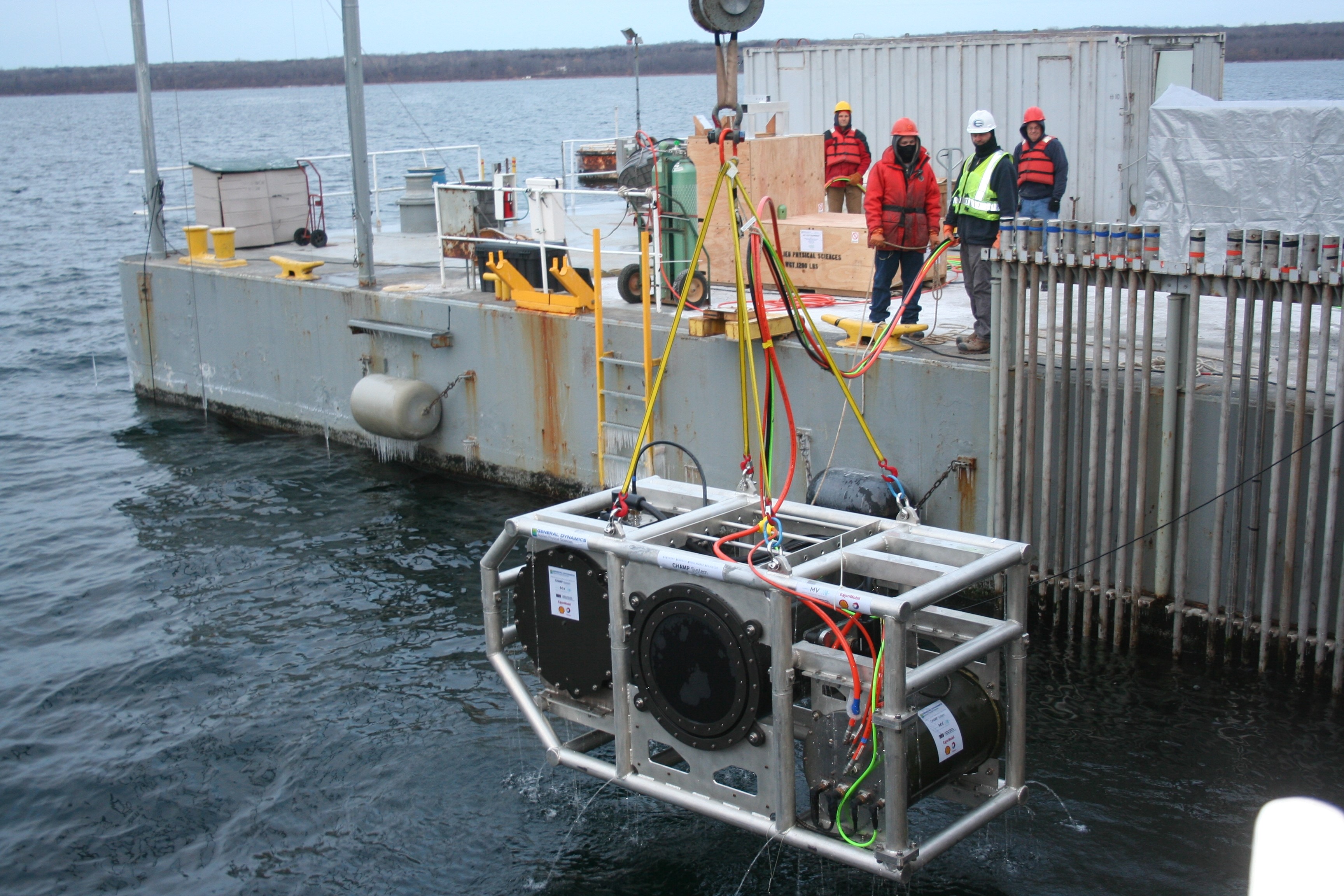
- Extend exploration to largely unexplored areas and reduce risks by focusing efforts on disruptive technologies. These technologies are efficient, safe and have a small environmental footprint. They will make it possible to deliver surface and subsurface models of high-added-value difficult areas much faster and at a lower cost.
- Promote responsible and sustainable energy by making the most of our expertise in satellite and geophysical imaging (low CO2-emission oil, CCUS, etc.).
Field Reservoir, unlocking tomorrow’s resources
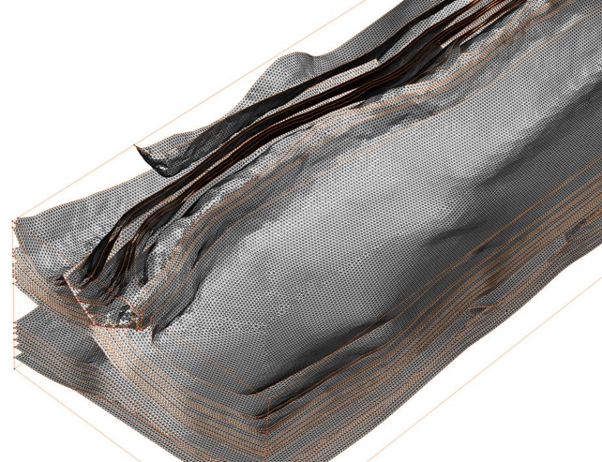
- Increase our understanding of flow in porous media and improving our knowledge of these mechanisms from pore to field scale in our reservoir simulations.
- Create new-generation tools for modeling, simulating and history-matching our reservoirs for optimized development and recovery.
- Develop low-cost EOR techniques that are easy to deploy.
Wells, delivering safer and more profitable wells
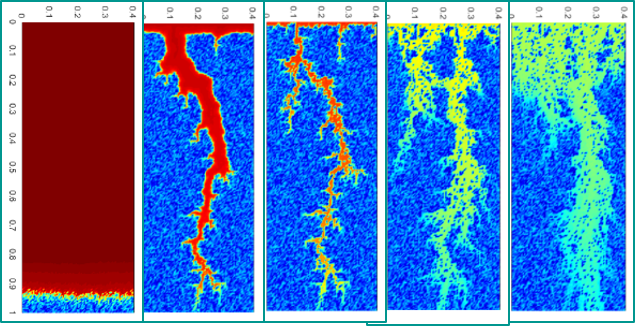
- Reduce drilling costs through better prevention and more efficient mitigation of major risks. Reduce development costs by appropriately sizing production and injection installations.
- Increase our production by optimizing well stimulation and reduce our environmental impact by encouraging produced water reinjection. Guarantee safety and improve the efficiency of drilling operations owing to new bottomhole sensors, remote-sensing and process automation.
Deep Offshore, ensuring a sustainable industry in a complex environment
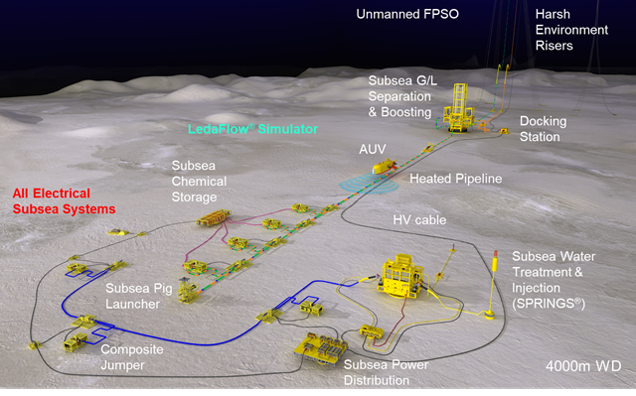
- Develop disruptive technologies and promote simplification/standardization to considerably reduce the costs, carbon footprint and environmental impact of our operations.
- Make full-subsea developments a reality, from the main fields to the production centers.
- Explore and develop fields in the ultra-deep offshore (3,000 to 4,000 m) by qualifying the technologies required for these extreme conditions.
- Consolidate our position as the responsible operator by managing the industrial risks and minimizing our environmental footprint.
- Develop new production methodologies by reducing our personnel’s exposure to risks thanks to disruptive technologies (all electric, remote operations, robotics, digital and so on).
7 CROSS-FUNCTIONAL PROGRAMS
Gas value chain, developing the gas value chain of the future with a minimal environmental footprint
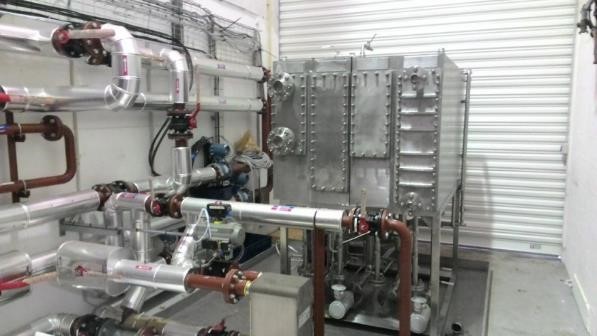
- Cut costs and improve the energy efficiency of acid gas treatment. Develop new gas liquefaction architectures, including electric compressors to reduce the carbon footprint.
- Identify innovative low-carbon gas value chains based on biogas or natural gas, the aim being to produce decarbonated energy such as hydrogen or electricity with a minimum carbon footprint across the chain, by integrating carbon storage and capture upstream and downstream.
CCUS, unlocking the key technologies of the future to rise to the challenge of global warming
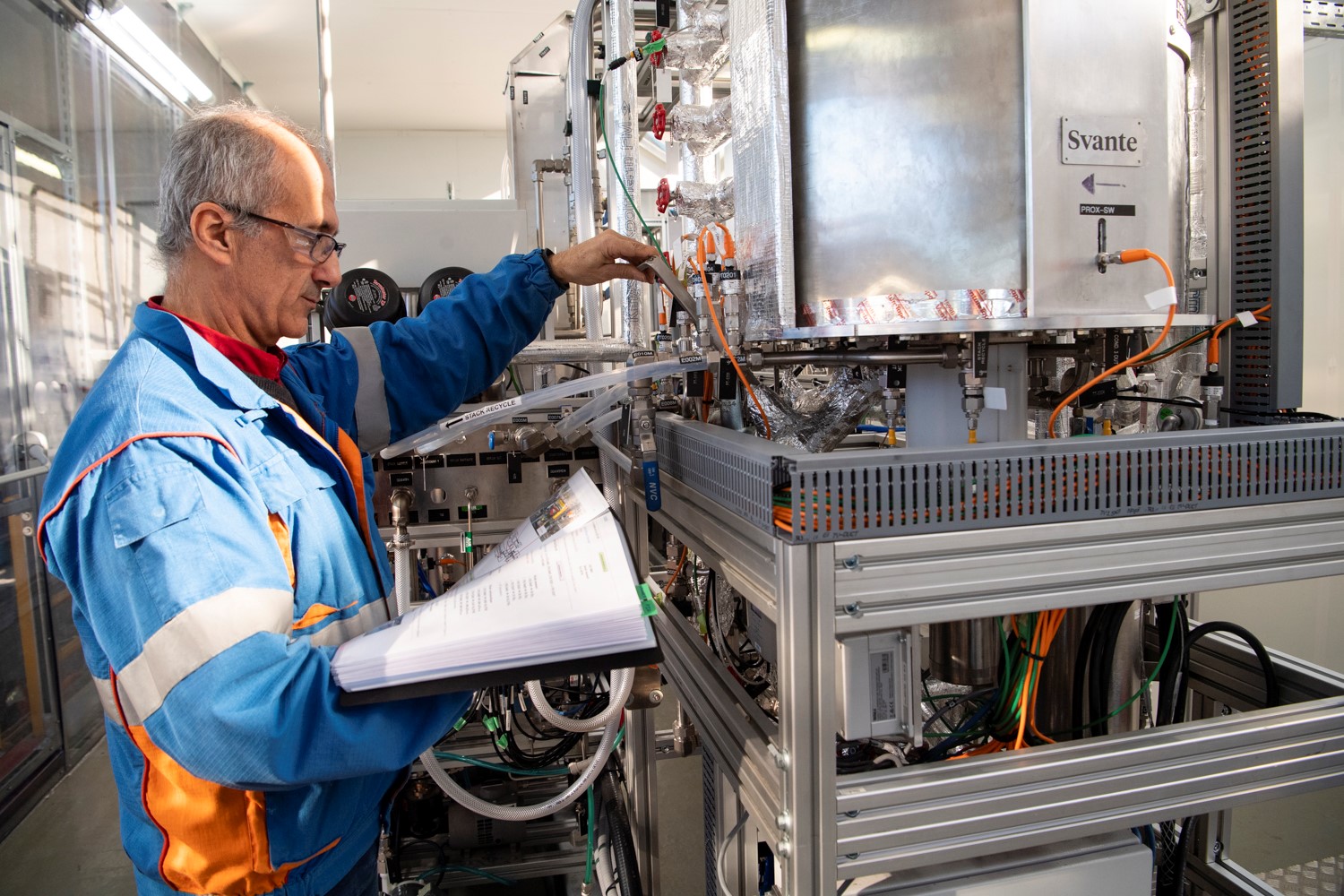
- Develop innovative processes for the native separation of CO2 which ensures low-cost CO2 separation and capture.
- Significantly bring down the costs of capturing anthropogenic CO2 produced during hydrocarbon combustion.
- Validate affordable technologies for the transportation of dense-phase CO2 by pipeline or by boat.
- Qualify the geological structures for safe and long-term CO2 storage, and develop tools and methodologies for optimal low-cost surveillance of CO2.
- Anticipate and manage all the risks of the CCUS (Carbon Capture, Utilization & Storage) value chain and bring them down to ALARP level.
Solutions that contribute to meeting the unprecedented challenge of global warming inaugurated at the Total PERL in September 2020.
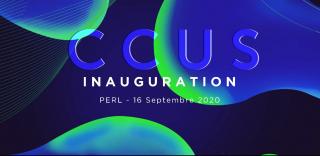
Sustainable Development, becoming the responsible energy major
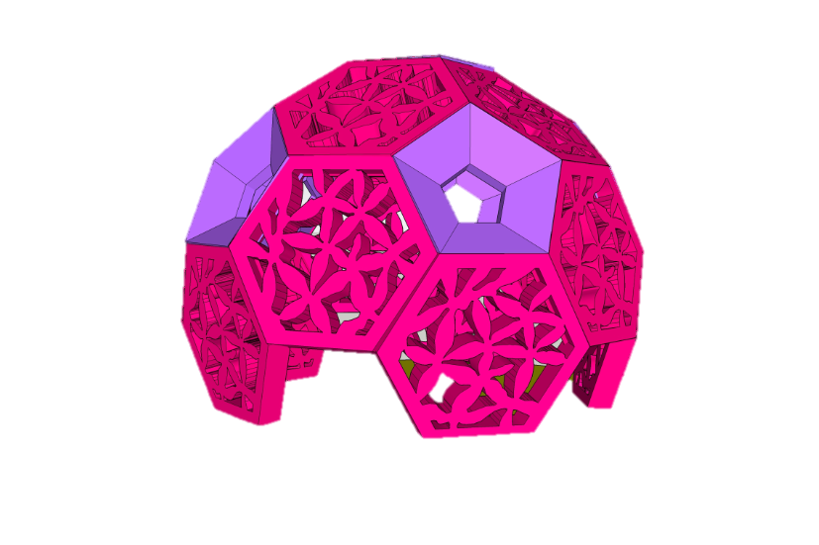
- Qualify the processes and technologies that will enable us to meet and anticipate the evolution of environmental regulations and the legitimate expectations of our stakeholders as regards reducing the impacts of our operations.
- Develop systems to improve risk management, in particular increasingly efficient major accident prevention systems.
- Address future water management challenges: cut treatment costs, develop efficient reuse and zero-impact discharges.
- Develop methane surveillance technologies to contribute to reducing greenhouse gas (GHG) emissions.
Numerical, exploring new-generation numerical technologies and calculation methods
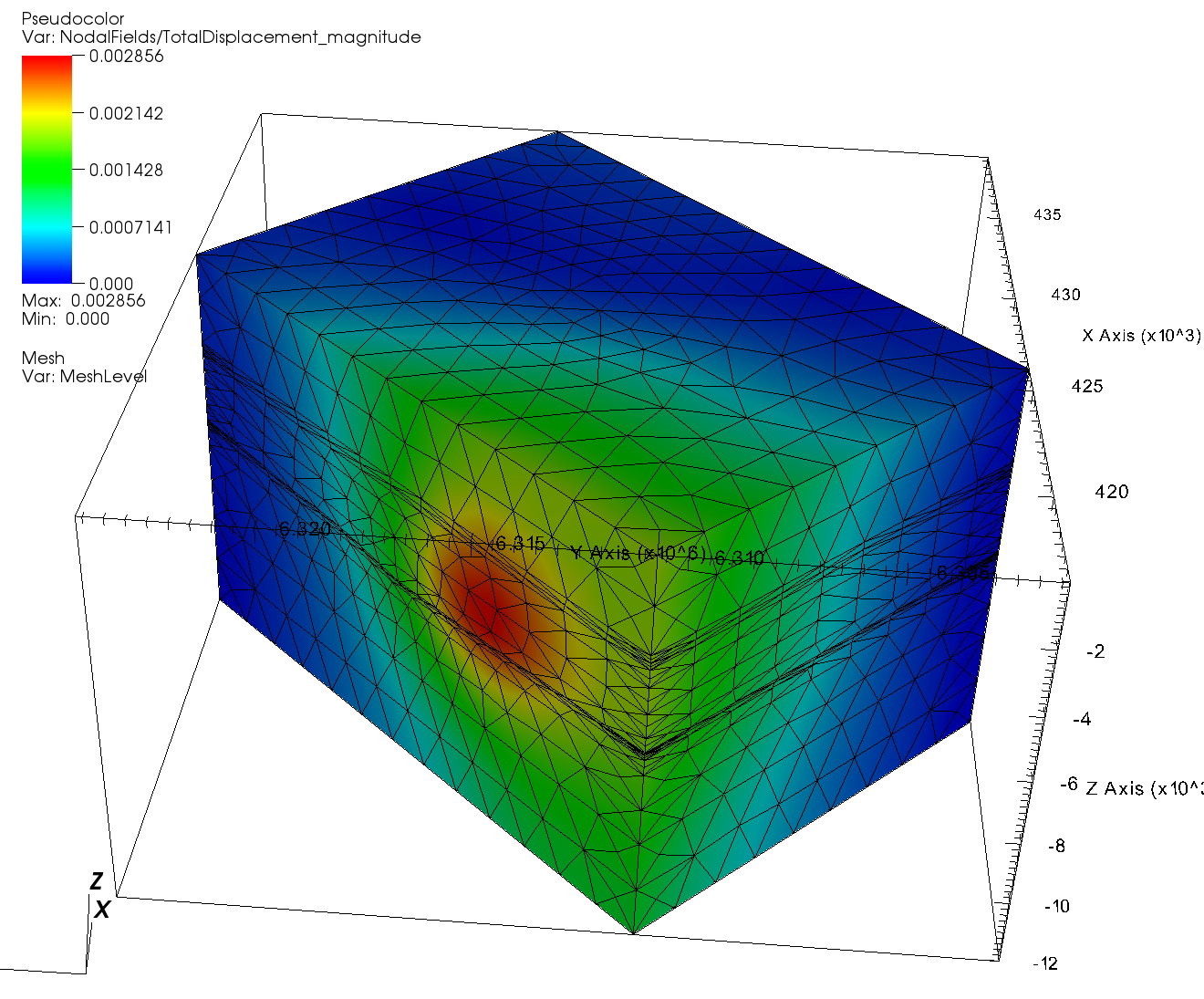
- Explore future technologies and calculation methods to perform increasingly efficient numerical simulations and integrate the revolution of AI (Artificial Intelligence) applications.
- Develop innovative, disruptive and low-energy algorithms to ensure faster, more efficient, more reliable and low-cost calculations to carry research forward in the fields of health, safety, the environment and current and future energy sources.
Measurement & Analytics, building the laboratory of the future and developing agile and in situ analysis tools
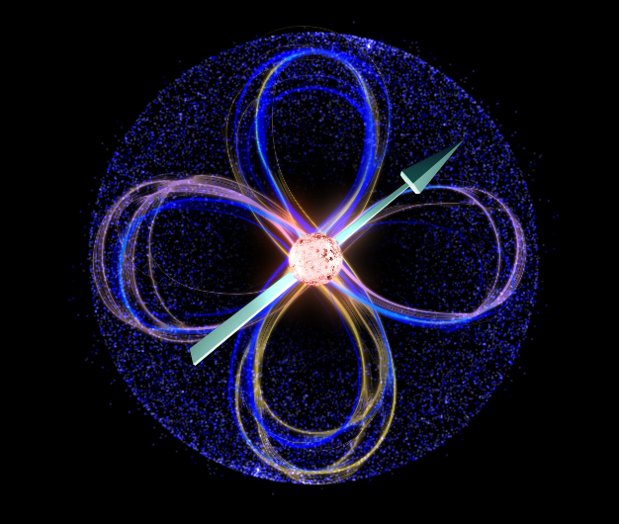
- Develop innovative analytical methodologies appropriate for current and future operations.
- Generate critical and high-value information for the Group’s strategic activities.
- Communicate best practices and report on progress made as regards analytical techniques in all the branches of the Group, with major advances in terms of production, products, renewable materials and cost reduction.
Site End-Of-Life Management (SELMA), capitalizing on our end-of-life assets to reduce the Group’s environmental footprint
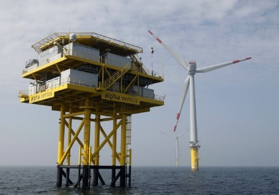
Efficiently prepare the dismantling of end-of-life facilities over the coming decades and anticipate the major challenges involved, including regulatory, environmental, societal and technical.
Valorize our assets by studying the different types of end-of-life management, and think of new ways in which our sites could be used in terms of costs, environmental footprint and contribution to low-carbon energy (CO2 storage, wind farms, renewables).
Zero Carbon Emission Assets (ZEREM), managing the scope 1 and 2 greenhouse gas (GHG) emissions of our exploration and production activities
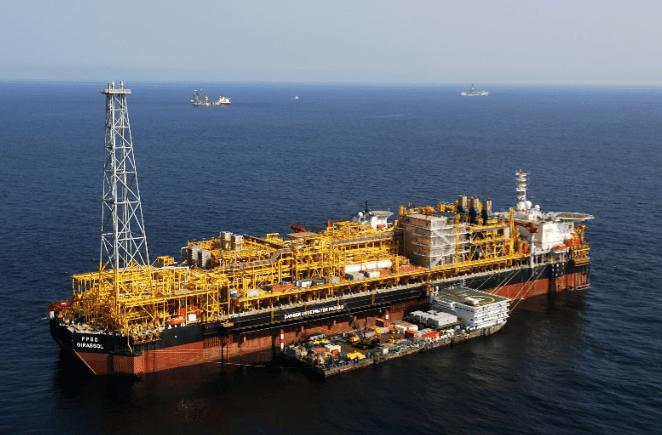
- Drastically reduce the impact of the fossil energies and associated GHG emissions consumed on our production assets by exploring the energies of tomorrow (wind farms, solar farms, ultra-high-performance turbines, and so on).
- Contribute to the Group’s ambitious commitment to reduce its scope 1 and 2 GHG emissions.


